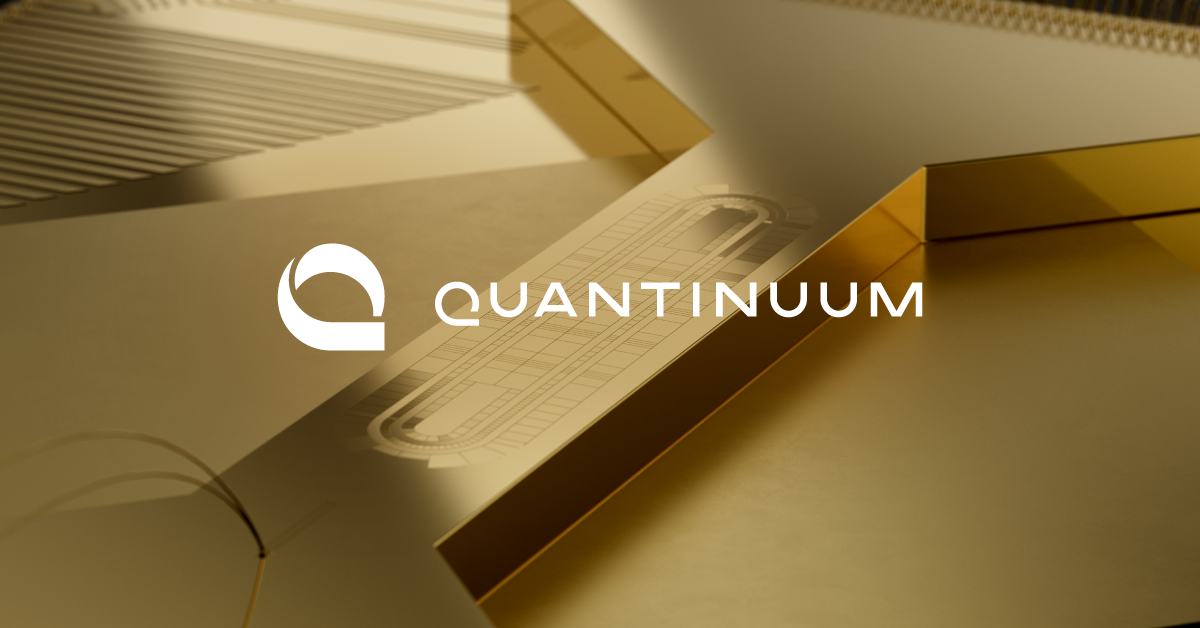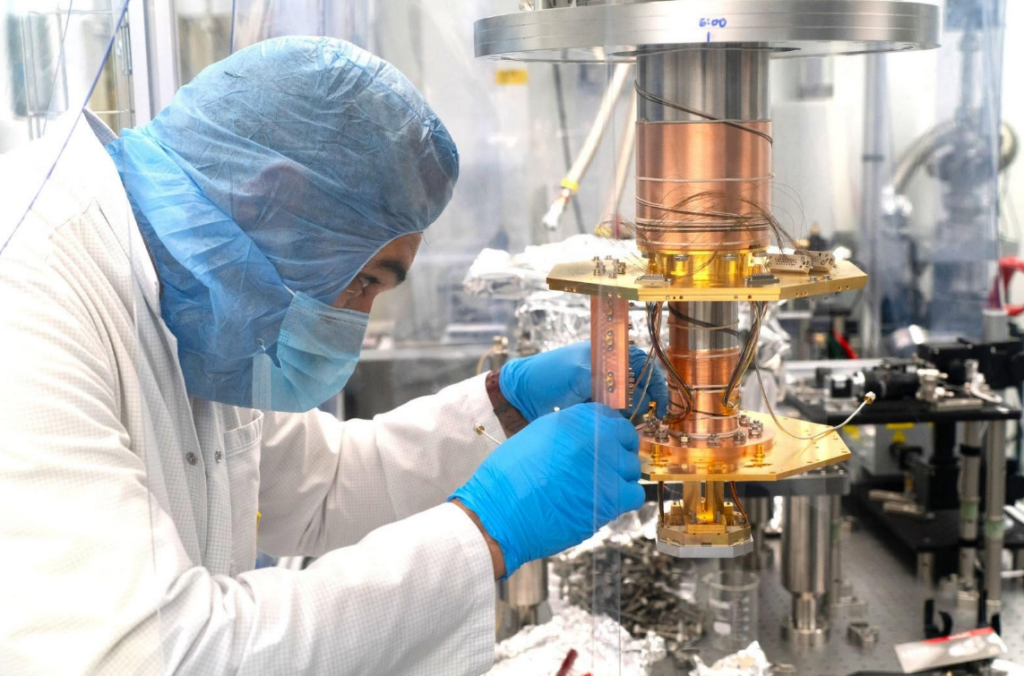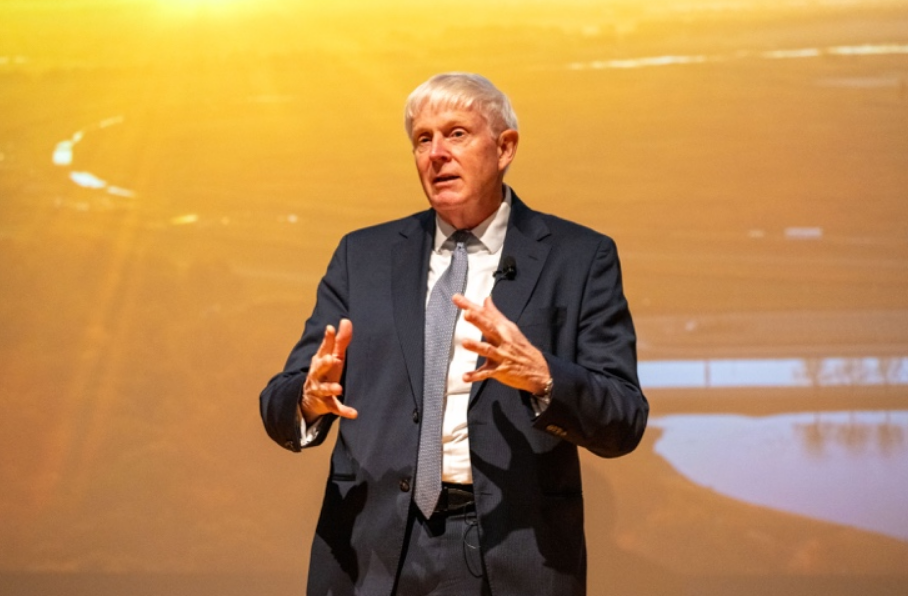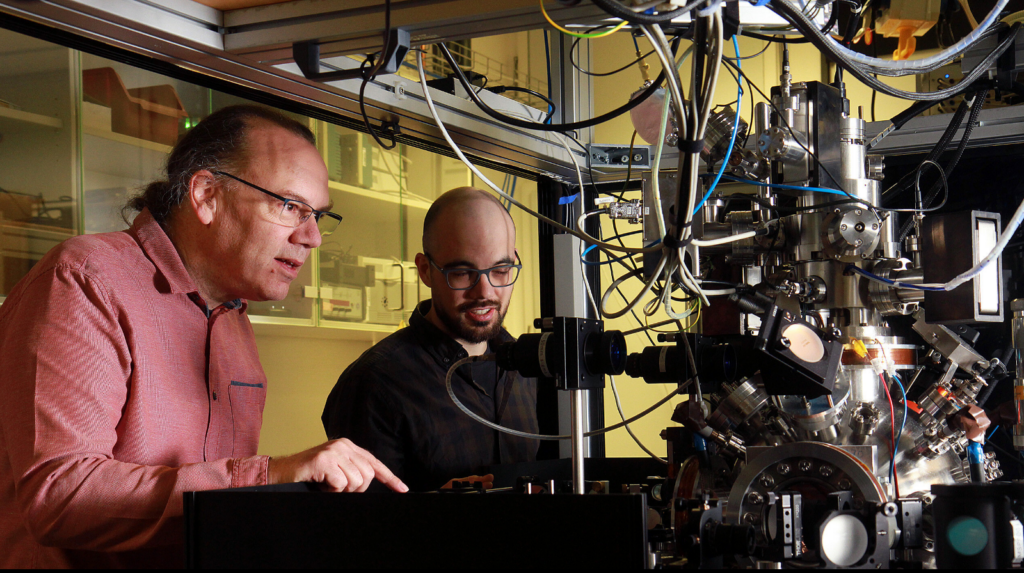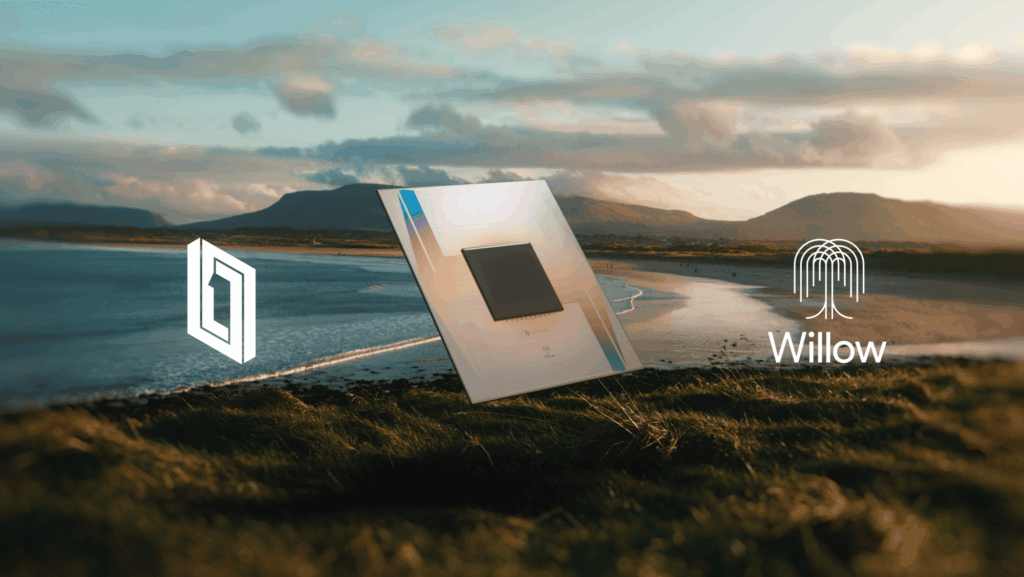Insider Brief
- SEC Form D filings show Quantinuum has raised at least $593 million in a private funding round, more than the earlier reported $400 million and pushing its valuation to $10 billion.
- The placement was led by JPMorgan Chase, with Quanta and Serendipity Capital confirmed as an investor and there are indications that NVIDIA may participate.
- Alongside the financing, Quantinuum is preparing to launch its next-generation Helios quantum computer with a new full-stack platform featuring the Guppy programming language, Selene emulator and expanded integration with NVIDIA tools to support progress toward fault-tolerant systems.
Following a recent report of $50 million investment from Taiwanese Quanta and media stories on a pending large funding round, Form D documents filed by Quantinuum with the Security and Exchange Commission (SEC) now confirm the company has completed a fund raise of at least $593 million, making the potential final tally significantly more than the $400 million that was initially reported by market sources last week. A Form D is a notice companies file with the SEC disclosing details of private fundraising rounds exempt from full registration.
Quantinuum has not yet made a formal statement about the funding round or who the other investors might be in addition to Serendipity Capital and Quanta, but the Quanta filing pinpoints a valuation of $10 billion.
According to the SEC filing the placement was lead managed by JPMorgan Chase (JPMC), which is also the exclusive financial advisor to Quantinuum.

Prior to this financing, the company’s major shareholders were Honeywell with a reported stake of over 50% and Cambridge Quantum Holdings, controlled by founder Ilyas Khan with a stake reported to be somewhere between 35% to 40%.
The total amount of capital raised by Quantinuum since it came into being following a merger of Honeywell Quantum Solutions and Cambridge Quantum in late 2021 is close to $1.2 billion.
Existing investors in Quantinuum include JPMC, Amgen, Mitsui, IBM, Serendipity Capital and JSR Corp. Financial reports have also indicated that Nvidia might be involved in the fund raise, although this has not yet been confirmed. Quantinuum and Nvidia are working together as previously reported.
Last week, the company also reported on a string of recent technical announcements including details of the upgraded software stack and a new programming language have been supplemented by commercial advances that continue to point to a launch of Quantinuum’s next generation quantum computer that is named Helios.
Quantinuum’s Helios Stack
The Helios system is shaping up to be the heart of what the company calls its “full-stack” platform, technology meant to make quantum programming more accessible while pushing toward fault tolerance. The company reports the stack is designed to address two of the sector’s persistent challenges – the complexity of writing code for quantum systems and the limited availability of hardware.
Helios adds two major components: Guppy, a new programming language embedded in Python, and Selene, an emulator built to mirror Helios’s behavior. The company says this allows developers to move beyond tedious gate-by-gate programming toward structured, dynamic software, enabling features such as loops, conditionals, and real-time feedback.
The company said that Guppy is a departure from traditional circuit construction, supporting more flexible approaches to error correction and allowing users to test protocols like magic state distillation and teleportation. Integration with NVIDIA’s CUDA-Q tools provides out-of-the-box decoders for error correction, linking Quantinuum’s hardware to broader high-performance computing workflows.
A new control system is also being introduced to allow operations to adapt dynamically as measurements are made, according to the recent announcement. This real-time responsiveness, will be essential for scaling from thousands to millions of qubits, the company suggests. At a practical level, the system brings recursion and feedback loops – standard in classical computing but difficult in quantum systems – into the workflow, with the promise of reducing memory errors and speeding time-to-solution.
On the accessibility side, Selene is positioned as a “digital sister” to Helios. It extends beyond traditional simulators by reproducing runtime behaviors unique to Quantinuum’s architecture, giving developers the ability to test Guppy programs on classical machines before deploying them to quantum hardware. Selene supports multiple backends, including GPU-optimized simulations, enabling larger-scale experimentation.
These layers remain tied together through Nexus, which now supports the Quantum Intermediate Representation (QIR), allowing users to program in Microsoft’s Q#, NVIDIA’s CUDA-Q, or Oak Ridge’s XACC. Quantinuum’s position is that Helios and its stack deliver practical improvements today while laying the groundwork for fault-tolerant systems.
The launch is scheduled for later this year, with a demo of the new software stack set for Sept. 18.

